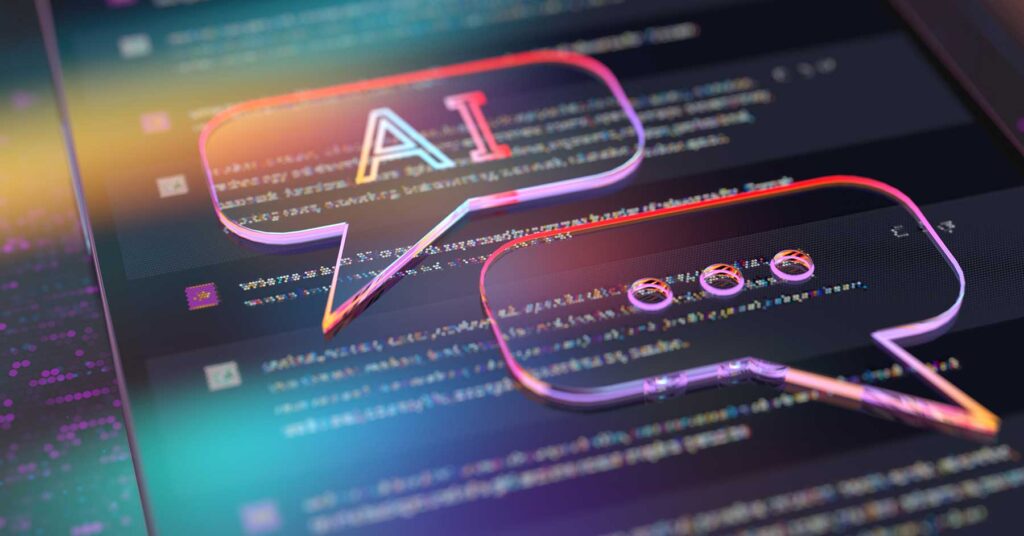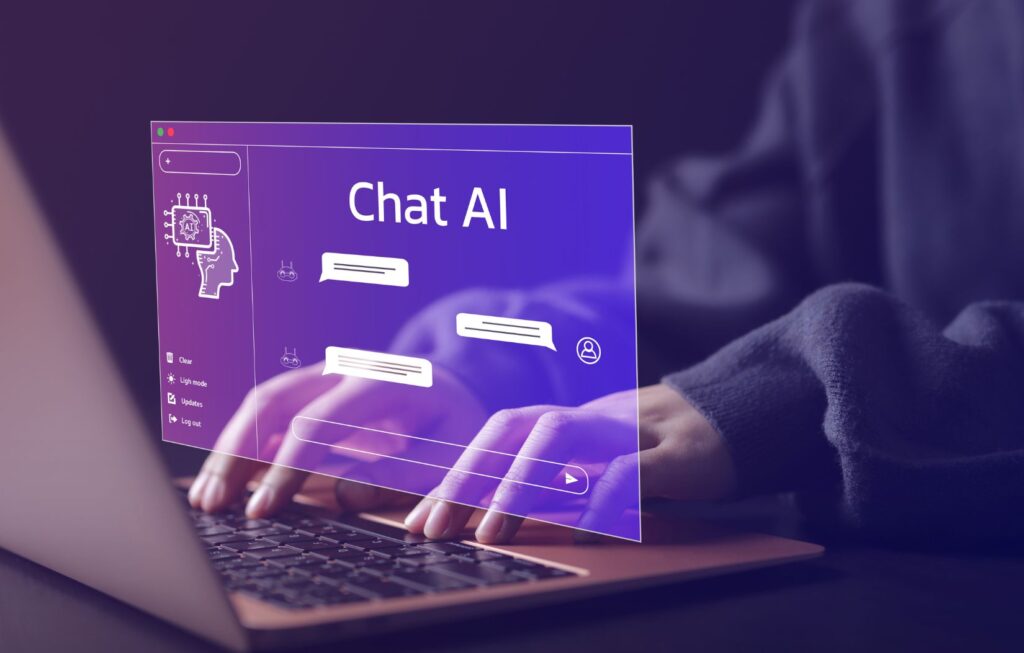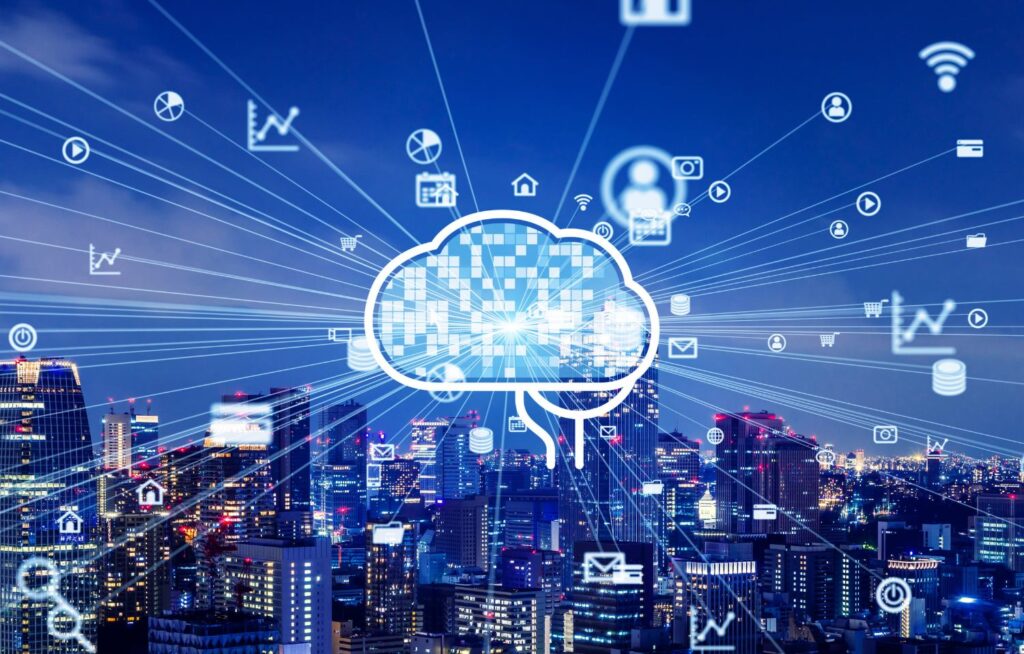CASE STUDY
We conducted a comprehensive evaluation and optimization of a leading fashion and lifestyle retailer’s chatbot experience.
Company Overview
A global retail company specializing in fashion, home décor, and lifestyle products, it operates multiple brands that blend creativity, digital innovation, and sustainability to deliver unique shopping experiences across physical and online channels.
| Company Type | Company Size | Company Capitalization |
|
Global Retailer |
25,000 Employees |
$5.15 B+ |
Objective
To enhance customer engagement, streamline operations, and drive business value through intelligent automation and improved conversational experiences.
Key Issues
Brand & Customer Retention
Our chatbot creates a negative perception of our brand, making us appear unresponsive and outdated. This erodes customer trust, increases negative feedback, and drives shoppers toward competitors with more effective AI-powered solutions, impacting customer retention and long-term loyalty.
Customer Experience
Our chatbot is unable to handle most customer inquiries effectively, leading to frustration and abandonment. Customers expect fast and relevant responses, but frequent misunderstandings and generic replies negatively impact their shopping experience, resulting in lost sales and decreased satisfaction
Operational Efficiency
Due to the chatbot’s limited capabilities, a high volume of inquiries is escalated to human agents, increasing support costs and overwhelming our customer service team. This inefficiency leads to longer wait times, reduced productivity, and prevents agents from focusing on high-value interactions.
Approach
In this initiative, we conducted a comprehensive evaluation of the retailer’s chatbot capabilities.
User Experience (UX) Discovery
Goal: Understand how users interact with the chatbot and identify pain points.
- User Journey Mapping: Analyze how users engage with the chatbot from start to finish.
- Conversation Flow Review: Identify where users drop off, repeat queries, or express frustration.
- Usability Testing: Conduct tests with real users to assess ease of use and effectiveness.
- Sentiment Analysis: Review user feedback and chatbot logs for tone, satisfaction, and frustration levels.
- Accessibility Audit: Ensure the chatbot is usable across different devices and by users with disabilities.
Technology & Architecture Discovery
Goal: Evaluate the bot’s backend, integrations, and scalability.
- NLP & AI Model Assessment: Review the chatbot’s Natural Language Processing (NLP) capabilities and accuracy.
- Intent Recognition Audit: Analyze how well the chatbot understands user intents and handles ambiguity.
- Integration & API Review: Assess how the chatbot connects to CRM, OMS, ERP, and other business systems.
- Performance & Scalability Testing: Examine response times, uptime, and ability to handle high traffic.
- Security & Compliance Check: Ensure data privacy, encryption, and compliance with industry regulations (e.g., GDPR, CCPA).
Business Impact Discovery
Goal: Measure the bot’s contribution to business goals and ROI.
- Usage Analytics & KPIs: Track metrics such as engagement rate, resolution time, and conversion impact.
- Cost vs. Value Analysis: Compare chatbot maintenance costs to efficiency gains and revenue impact.
- Customer Satisfaction (CSAT) & Net Promoter Score (NPS): Assess how users perceive the chatbot’s effectiveness.
- Escalation & Deflection Rate: Measure how often users escalate to a human agent versus resolving their query via chatbot.
- Competitive Benchmarking: Compare the chatbot’s capabilities to industry standards and competitors.
Our Deliverbles
In this phase, we presented our findings to stakeholders.
User Experience (UX) Discovery
User Journey Mapping
- Summary of user interactions with the chatbot.
- Pain points identified.
- Opportunities for enhancement.
Conversation Flow & Usability Testing
- Areas where users experience friction.
- Effectiveness of chatbot responses.
- Suggested improvements in conversation design.
Sentiment & Accessibility Analysis
- Customer sentiment trends (positive, neutral, negative feedback).
- Accessibility audit results.
Technology & Architecture Discovery
- Effectiveness of current NLP model.
- Accuracy of intent detection and response generation.
- Performance of integrations with CRM, OMS, ERP, and other business systems.
- Chatbot response times and system uptime.
- Compliance with GDPR, CCPA, and other data privacy regulations.
Business Impact Discovery
Performance Metrics & KPIs
- Engagement rate.
- Resolution time.
- Conversion impact.
Cost vs. Value Analysis
- Cost savings from chatbot automation.
- Business value generated (e.g., improved customer satisfaction, reduced support workload).
Customer Satisfaction & Competitive Benchmarking
- CSAT & NPS scores.
- Comparison to industry standards.
Results & Outcomes
Driving Exceptional Outcomes Through Aligned Collaboration
Increased CSAT
10% Increase in customer satisfaction after first year of implementation
Added RT Product & Fulfillment Capabilities
AI Bots that accurately determine channel and query inventory, providing real-time product availability and fulfillment options.
Added Personalized Experiences
AI Agents offer tailored recommendations, inspiration, and loyalty programs based on brand or channel attribution.




